
AZoNano – February 2019
INSIGHTS FROM INDUSTRY
Why Negative-Stiffness Vibration Isolation is the Preferred Solution for Nanotechnology Applications

In this interview, Erik Runge, Director of Engineering at Minus K Technology talks to AZoNano about their range of Negative-Stiffness Vibration Isolators and why they are the preferred solution for Nanotechnology applications.
Interview conducted by Mychealla Rice
What is Negative stiffness vibration isolation?
Minus K® vibration isolators employ a revolutionary concept in low-frequency vibration isolation. Vertical-motion isolation is provided by a stiff spring that supports a weight load, combined with a negative-stiffness mechanism (NSM). The dynamic vertical stiffness is made very low without affecting the static load-supporting capability of the spring.
Beam-columns connected in series with the vertical-motion isolator provide horizontal-motion isolation. The horizontal stiffness of the beam-columns is reduced by the "beam-column" effect. (A beam-column behaves like a spring combined with an NSM.) The result is a compact passive isolator capable of very low vertical and horizontal natural frequencies.
What benefits can negative stiffness vibration isolation provide to nanotechnology applications? What problems are they solving?
Minus K isolators offer the highest levels of vibration isolation available. The fact that they use no air and no electricity is an added benefit. We use no air and no electricity, these isolators can actually be placed directly in a vacuum chamber. Some of the coatings, materials, and greases need to be changed to be vacuum compatible, but it is fairly straightforward.
Our isolators have been used to solve very tough vibration problems. We have isolated SEMs and TEMs on upper floors of buildings that have very low-frequency problems. It is not unusual to see vibration problems down around 2 Hz in situations like that. With our 0.5 Hz resonant frequency, we can isolate 2 Hz quite effectively. Most other isolators cannot.
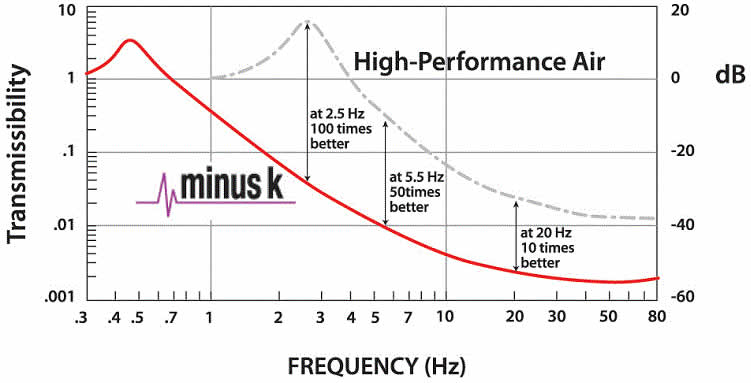
Tell us about Minus K’s range of negative-stiffness vibration isolation products? What are there features and benefits?
Minus K offers several standard and custom vibration isolation products. They include bench tops, workstations, multi-unit and custom floor platforms
Our products are completely mechanical, they require no air or electricity to operate. Most models have a 0.5 Hz vertical natural frequency that provides vibration isolation starting at 0.7 Hz. Horizontal natural frequencies from 0.5 to 1.5 Hz.
Minus K's bench tops are portable and can be moved into different locations without the need to run airlines or power cords.
Workstations come in standard sizes and provide superior vibration isolation than air and active systems. They are available as simple frames that are placed underneath a benchtop isolator, or as a larger frame and breadboard system that looks like a traditional air table (but use our isolators internally).
Multi-unit systems can be used to support heavier payloads or replace the legs on existing air tables to get better performance or solve a problem that air isolators cannot.
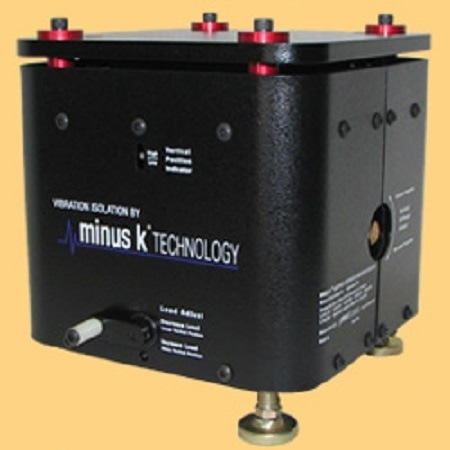
What applications will see the benefit of implementing negative-stiffness vibration isolation into their solutions?
Microscopy (SPM, SEM, AFM, etc.)
Minus K isolators enable SPM’s to achieve their highest level of performance. They provide the performance of an ideal bungee system and the convenience of a benchtop system without any of the problems associated with any of them, including air tables.
Micro-Hardness Testing / Nano-Indentation
Lower vibrations provide finer details and more repeatable results.
Laser/Optical Systems
Laser and optical systems, whether used in an academic lab, or in an industrial environment, are very susceptible to vibrations from the environment. These instruments almost always need vibration isolation. Traditionally, large air tables have been the systems preferred for optical systems. The big optical breadboards are used to secure optical elements together. Sometimes the air isolators used underneath these are not good enough to solve problems. We solve that with our isolators.
Spacecraft Ground Testing
Minus K Technology, Inc. works with many aerospace and education laboratories for custom vibration isolation systems. They have manufactured custom vibration isolators for the Jet Propulsion Laboratory (JPL), German Center for Aerospace (DLR), European Space Research and Technology Centre/European Space Agency (ESTEC/ESA) in addition to the JWST custom isolators for the National Aeronautics and Space Administration (NASA).
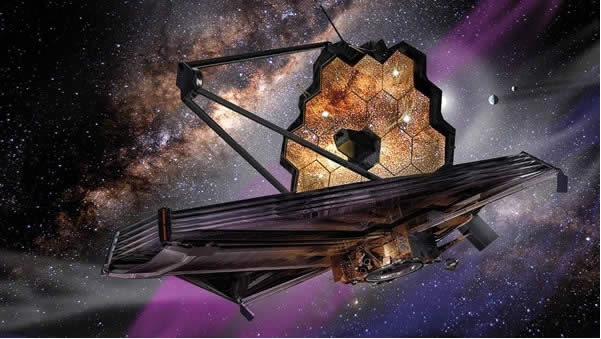
Biology/Neuroscience
Minus K vibration isolation systems offer significant isolation advantages for patch clamping, electrophysiology measurements, fluorescent dye imaging and other applications in biology and neuroscience.
Microelectronics/MEMS Fabrication
Lower vibrations mean more productivity and less part rejection (higher yield)
Cryostats
Cryostats often contain very sensitive instrumentation. They come in many different shapes, sizes, and weights. Whether you are doing low-temperature AFM, NMR or something else, we have several options available.
Audio Reproduction/Hi-Fi
The highest-performance vibration isolation platforms that have been widely used in industry for the most sensitive applications like atomic force microscopes are now available at competitive prices to enhance your audio systems. People have been using our isolators underneath high-end turntables to solve noise problems due to things like footfall and HVAC vibrations.
Isolation in a Vacuum
As mentioned earlier, Minus K vibration isolation systems can be made vacuum compatible so they can be used right inside vacuum chambers. In addition to their superior vibration isolation performance, this offers the advantages advantage of not needing additional equipment inside a vacuum chamber to deal with exhausting any gasses and/or dealing with heat dissipation.
Heavy Systems
Minus K vibration isolation systems can be designed for very heavy payloads. We have standard isolators that can be configured for up to 4200 lb. each. These can be combined in a multi isolator setup that can be many tons.
Custom Systems
Minus K can design a variety of custom vibration isolation systems. Frequently these are modifications of standard designs.
What does negative-stiffness vibration isolation mean for the future of nanotechnology?
Feature sizes in nanotechnology are getting smaller and smaller. This means that vibration isolation will become more important. We will enable the next generations of nanotechnology research to operate with as quiet an environment as possible.
Where can our readers go to find out more?
Check out our website: www.minusk.com
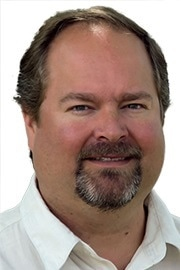
About Erik Runge
Erik Runge is the Director of Engineering for Minus K Technology, earned a B.A. in Physics at UC Santa Barbara. While at UCSB, he was employed in the Hansma lab (Dr. Paul Hansma), and was involved with design of advanced Atomic Force Microscope (AFM) prototypes and their sub-systems.
At (AFM manufacturer) Erik worked on all levels of AFM development, eventually specializing in acoustic and vibration enclosures. At Minus K, he has designed every isolator currently offered, except one. He has done numerous custom isolation designs and is intimately involved in all stages of new product development and engineering.
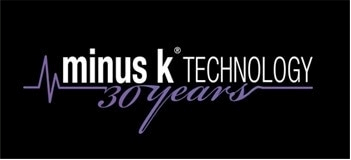
|